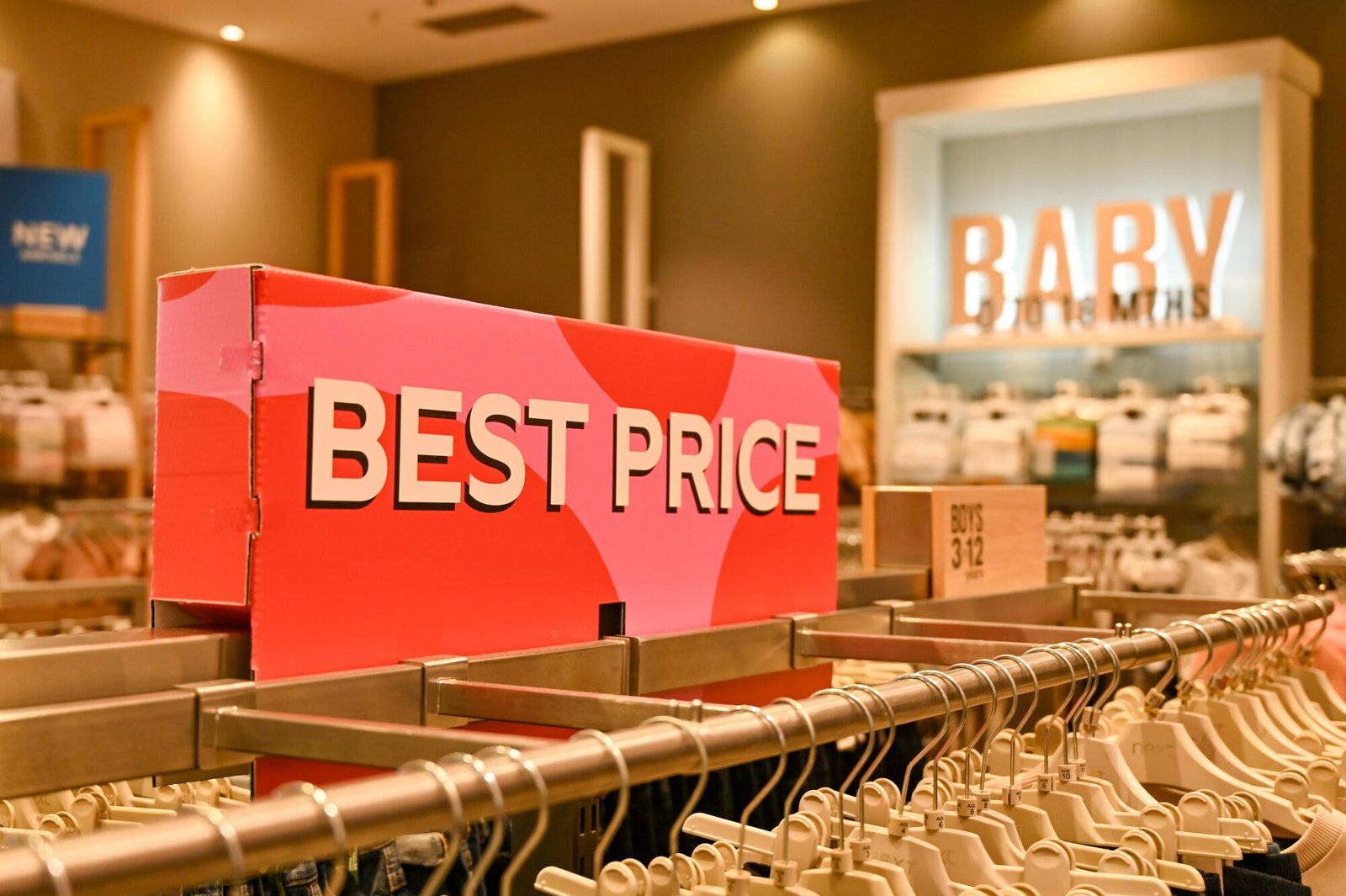In the fast-paced world of baby products, where new parents are eagerly searching for the latest, safest, and most innovative accessories, time is of the essence. That’s right—whether it’s a new line of organic cotton baby bibs or eco-friendly sleeping bags, distributors in the baby industry face the constant challenge of reducing lead times. So, how can distributors efficiently shorten their lead times and still maintain the high-quality standards customers expect? Well, buckle up, because we’re about to dive into a comprehensive, easy-to-follow guide to making your baby product distribution smoother and quicker, with just a dash of humor to keep it fun.

What Are Lead Times and Why Do They Matter?
Before we tackle the strategies for reducing lead times, let’s first define what we mean by lead times. Simply put, lead time is the time it takes from placing an order to the delivery of that order to your customers. For distributors, longer lead times mean slower sales, customer dissatisfaction, and potentially lost business. Especially in the baby product sector, where new parents expect a timely delivery of essentials, even a short delay can cause a ripple effect of frustration. So, in short: the shorter the lead time, the better.
Factors That Affect Lead Times in the Baby Industry
There are several factors that contribute to lead times, and understanding them is crucial before figuring out how to reduce them:
- Production Time:
- Customization requests, sourcing materials, and factory lead times all contribute to how long it takes to produce a product.
- Supply Chain Disruptions:
- International shipping delays, port congestion, or material shortages can all cause unplanned delays.
- Inventory Management:
- Insufficient stock or inefficient warehouse systems can lead to longer processing times for fulfilling orders.
- Regulatory Requirements:
- Certifications, safety tests, and compliance with industry regulations, such as CPSIA (Consumer Product Safety Improvement Act) and REACH (Registration, Evaluation, Authorization, and Restriction of Chemicals), can add time to the process.
Strategies to Reduce Lead Times
Now that we’ve identified some of the factors that influence lead times, let’s look at actionable strategies for minimizing delays and ensuring that your baby products get to the market faster.
1. Streamline Inventory Management
One of the easiest and most effective ways to reduce lead times is to ensure your inventory management is on point. Accurate stock levels and efficient tracking systems ensure that you’re never caught off guard when an order is placed. This means fewer back-and-forth communications with manufacturers and faster order fulfillment.
- How to Do It: Implement software that tracks real-time stock levels and automatically triggers restocking when inventory falls below a set threshold. Also, consider Just-In-Time (JIT) inventory, which reduces storage costs and minimizes waste, while ensuring you have exactly what you need when you need it.
- Fun Fact: Did you know that IKEA uses a JIT inventory system to make sure they always have the right number of cribs, changing tables, and other baby-friendly furniture available, without overstocking?
2. Optimize Your Supplier Relationships
A strong relationship with your suppliers is one of the most significant factors that can influence lead times. Building trust and maintaining open communication channels can ensure your suppliers prioritize your orders, notify you of potential delays, and offer solutions when challenges arise.
- How to Do It: Build partnerships with your suppliers by establishing clear expectations, agreeing on delivery schedules, and offering incentives for meeting tight deadlines. Consider setting up Supplier Performance Reviews to hold them accountable.
- Pro Tip: EndearingBaby.com works closely with certified suppliers that meet high safety standards for all baby products. As a distributor, partnering with such reputable suppliers can help ensure smoother operations and faster fulfillment. You can check out their offerings here EndearingBaby.com.
3. Leverage Technology to Automate Processes
Embrace the power of technology to speed up processes in your distribution operations. From order processing and invoicing to real-time tracking and automated warehouse systems, technology can help you optimize virtually every part of the supply chain.
- How to Do It: Implement Enterprise Resource Planning (ERP) systems, warehouse automation, and Customer Relationship Management (CRM) tools to manage customer orders efficiently. For instance, integrating an automated order system can save you hours of manual work and reduce human error, leading to faster turnaround times.
- Bonus Tip: Using automation tools like barcoding systems in your warehouse can reduce manual handling and speed up the process of fulfilling orders.
4. Work with Multiple Shipping Partners
When it comes to shipping, relying on just one partner can introduce delays. This is especially true if your primary carrier experiences issues such as port congestion, labor strikes, or unexpected weather disruptions. Working with multiple shipping partners gives you flexibility, allowing you to choose the best carrier for each shipment.
- How to Do It: Diversify your shipping partners by considering multiple carriers for different regions. If you’re exporting to the U.S., for example, you can use a combination of ocean freight for bulk orders and air freight for high-demand items that need to arrive faster.
- Pro Tip: For baby accessories, which are typically lightweight and easy to ship, air freight can be a more cost-effective option for urgent deliveries.
5. Plan for Seasonal Fluctuations
Baby products tend to experience seasonal demand fluctuations. Think about the increased demand around the holidays or in the lead-up to baby expos and product launches. Planning for these seasonal peaks ensures you can handle surges in orders without compromising on lead times.
- How to Do It: Create a demand forecast based on previous years and plan your production and inventory around anticipated seasonal spikes. This allows you to pre-order stock well in advance, reducing pressure during busy periods.
- Fun Fact: Holiday shopping for baby products tends to increase during Black Friday and Cyber Monday. Keeping track of these events and planning inventory can make sure you’re ready for the rush.
How Fast Shipping Can Improve Your Customer Satisfaction
Faster lead times not only help improve efficiency but can also enhance customer satisfaction. When customers receive their orders quicker, it leads to higher retention rates, positive reviews, and increased word-of-mouth referrals. And let’s be honest—nothing beats a satisfied customer, especially when it comes to parents who are eagerly awaiting their baby’s new essentials.
Customer Feedback Matters:
- According to a survey by Statista, 68% of consumers say that faster delivery times lead to increased customer satisfaction. In fact, 35% of customers are willing to pay a premium for faster shipping!
Conclusion: Reducing Lead Times in the Baby Industry
In the competitive world of baby product distribution, reducing lead times is more than just a logistical challenge; it’s a strategic opportunity to improve your bottom line. By streamlining inventory management, optimizing supplier relationships, and leveraging technology, you can ensure your products are always available when customers need them most.
As the baby industry continues to grow, staying ahead of the curve by embracing faster shipping methods and anticipating seasonal demand fluctuations will position you as a leader in the market. After all, the earlier you get those adorable organic cotton baby blankets or eco-friendly pacifiers into the hands of parents, the better!
For more tips on how to stay ahead in the baby product distribution game, be sure to check out EndearingBaby.com, where you can discover high-quality, eco-friendly baby products that will delight your customers—and leave you with more time to enjoy your morning coffee.

